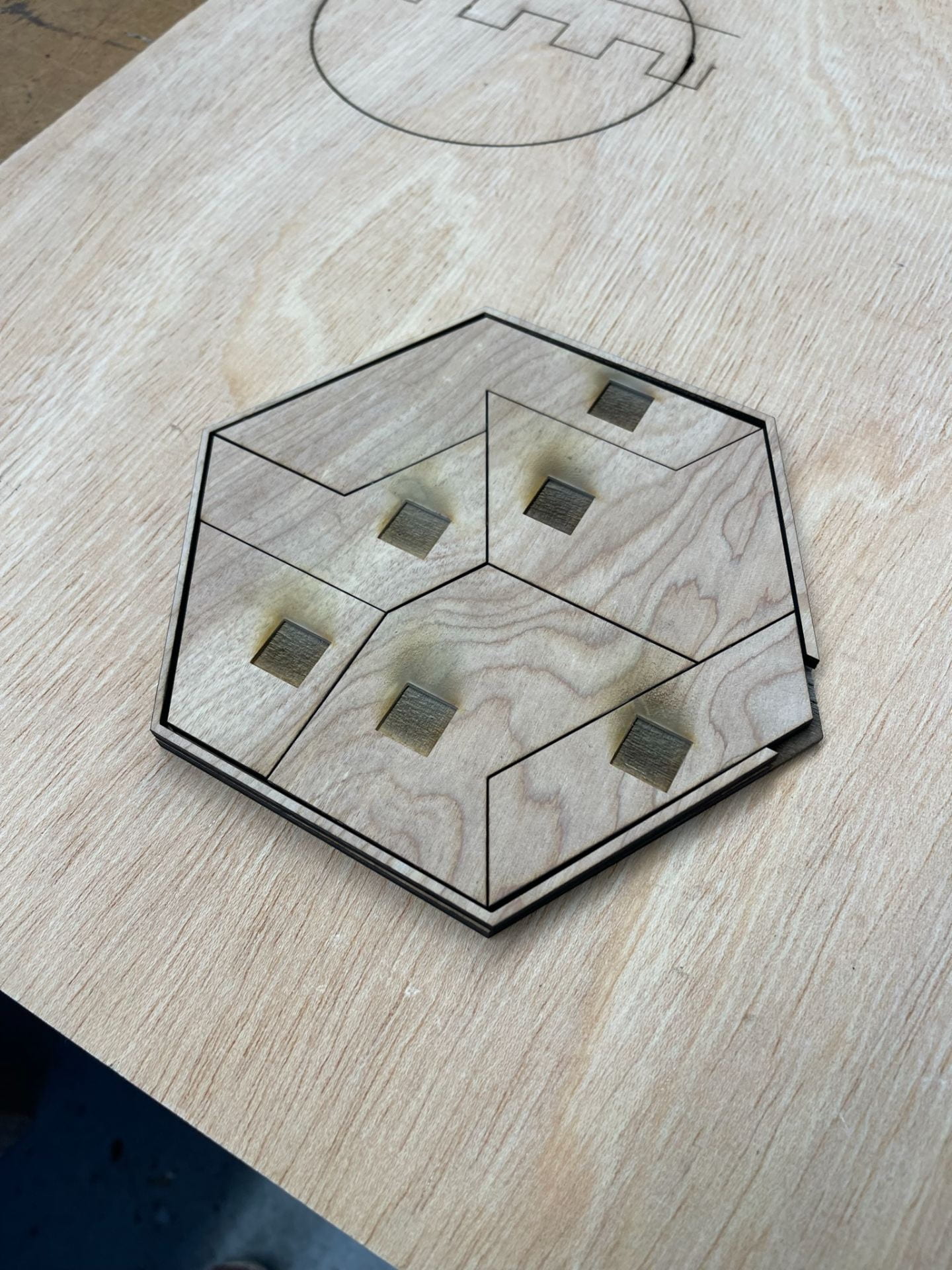Introduction
The semester is finally coming to a close! I’m currently wrapping up a couple of projects and research explorations so let’s talk a bit about what has changed recently.
- I’m finishing up my Puzzlr project and have been making great progress on the circuit system and design elements. I’m currently in the refining and digital component stage. I hope to nail down and finalize the puzzle board this week, and then work on the simple interface that will accompany the puzzle.
- My haptic glove exploration has revealed some very important things to me and I’ve made some key decisions for my future thesis project.
- I’ve begun experimenting with the Arduino Bluefruit system and am getting started with some tutorials and circuit python projects!
- I’ve secured my first thesis committee advisor, Dr. Matt Lewis, and will be asking 2 more professors this week to join my committee! I ‘ve also begun writing my thesis preface and have made some awesome progress in my overarching literature review.
Haptic Glove Update
So after wrestling and fighting with the Prime X haptic glove system, I’ve made the difficult decision to move away from this system. The gloves work really well for certain things, but there is a lack of documentation and consistent support to implement them into game engine systems. I conducted several tests evaluating the interactions between the Manus system and the HTC Vive tracking system and found that the relationship between the two causes issues with the tracking data. In addition to this, I also had the chance of testing out the Oculus Quest Pro, which was an amazing experience and surpassed my expectations. The reason I had started with the gloves was because the hand tracking on the Oculus Quest 2 was not the best, but on the new Quest Pro the hand tracking is amazing. It is fast, accurate, and does not require the HTC tracking system. Because of this, I’ve decided to proceed with the Quest Pro and I’ll be creating a small exploratory project next semester to refamiliarize myself with Oculus development within Unity. This means the haptic element of my thesis will have to live on the within the microcontroller interaction systems that I create. As of now, I’m thinking on 3-4 simple interactions: a large button, a large switch, a haptic surface that would turn into a screen, and a dial. These interaction methods would provide different and unique interactions to stimulate the guest and enrich their surroundings. I’m super excited to start developing for the Quest Pro, and I look forward to making some exciting projects.
Arduino Bluefruit: Embarking on a New Journey
After experimenting with the Makey Makey and seeing how far I could take it, I’ve finalized my decision to use an Arduino system for my future thesis. The reason behind this decision is that the Makey Makey is far too unreliable to be used in such a complex system. The board itself is great, but lends itself to connection and implementation issues. There would be a lot of cut-and-paste wiring, and the primary method of interaction would require me to create my own circuits from foil and glue. So in comes the Arduino Bluefruit. After discussing with Dr. Lewis, I have begun experimenting and learning about the Arduino system and am currently exploring circuit python tutorials and projects to see how I can best use this system for my thesis. The use case for my thesis will be simple: create some buttons and switches that correspond to input within the experience. This would likely be routed into Unity as keyboard inputs or through a script that allows me to plug the board outputs into the game engine. From now until the end of next semester I will be exploring the Bluefruit and learning more about Python and Circuit Python through small projects and a potential collaboration with Thomas Ellsworth and Mila Gajic.
Thesis Updates!
I’m happy to share I’ve secured my first thesis advisor Dr. Matthew Lewis. Dr. Lewis will be mentoring me and guiding me on the overall completion of my thesis. I asked Dr. Lewis because of his extensive computer science skills, as well as his passion for research and innovation. I plan on continuing to form my committee with Shadrick Addy, and Alex Oliszewski; they will be providing guidance on virtual reality experiences and themed entertainment respectively.
I have also begun writing my preface, and am well into the process of writing out other elements of my thesis. I completed a 25-page committee proposal that included a concise thesis question and research topic, a definition of my 4 key elements, an extensive literature review, and a list of questions I’ve been asking and hope to answer through my research. I also see this committee proposal as an excellent way to get some thesis writing done ahead of time!
Where to Next?
So there will most likely not be a December week 1 update because I will be leaving for Winter break and will be focusing on family and rest as much as I can. However, I will be visiting several theme parks during the break so I also plan on taking some notes and observations about certain accessibility elements and inclusive design techniques at those parks. The next update will come in early January when I embark on my new projects and research endeavors for the coming semester.
So what’s the plan!?
A Microcontroller Project
A Small Oculus Pro Experience to Test Hand Tracking
An Exploration of Python and Circuit Python
Thesis Production Plan
See you next year!













